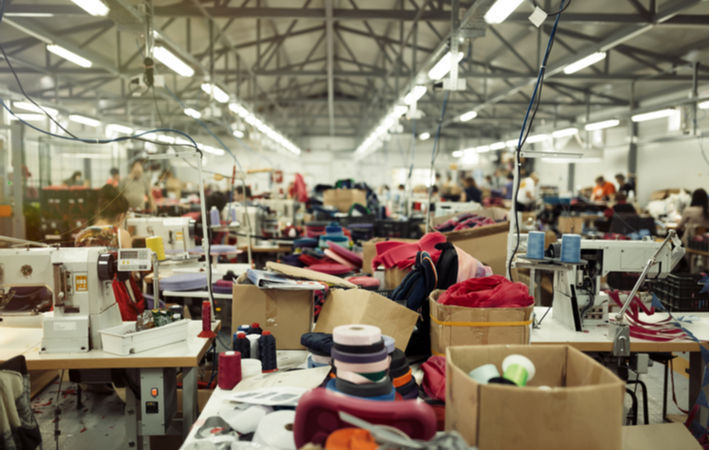
High value-added and non-cotton textiles sector is a highly potential area of investment in Bangladesh and the RMG industry is increasingly focusing on apparels made from synthetic fibres to meet the rising demand in the global market, Bangladesh Garment Manufacturers and Exporters Association (BGMEA) president Faruque Hassan said.
"It is the high time to diversify our export basket to non-cotton, and this is a potential area of investment," he was quoted as saying by Bangla media reports.
The primary textile millers can supply only 35 to 40 per cent of required woven fabrics to exporters, the representatives observed at a business session of the recently-held International Investment Summit 2021 Bangladesh.
About 75 per cent of the total global apparel consumption is non-cotton, whereas Bangladesh’s exportable garment items are largely based on cotton, which is more than 74 per cent, Faruque said.
Of the 433 spinning mills in Bangladesh, only 27 mills produce synthetic and acrylic yarns.
Use of local fabrics would be a requirement for Bangladesh to avail the European Union’s GSP Plus facility as soon as the current Everything But Arms (EBA) scheme phases out after the country's graduation from LDC.
President of Bangladesh Textile Mills Association (BTMA) Mohammad Ali Khokon welcomed FDI in setting up mills to produce woven fabrics and manmade fibres to fill the current 60 per cent shortage of woven fabrics.
He sought policy supports, including tax waiver, for the sector for the next 10 years to attract both local and foreign investment.
Executive president of Bangladesh Knitwear Manufacturers and Exporters Association (BKMEA) Mohammad Hatem requested the government to set up more technical and vocational training institutions across the country, so that they, in collaboration with industries, can provide required trainings according to the need of the sectors.
Fibre2Fashion News Desk (DS)